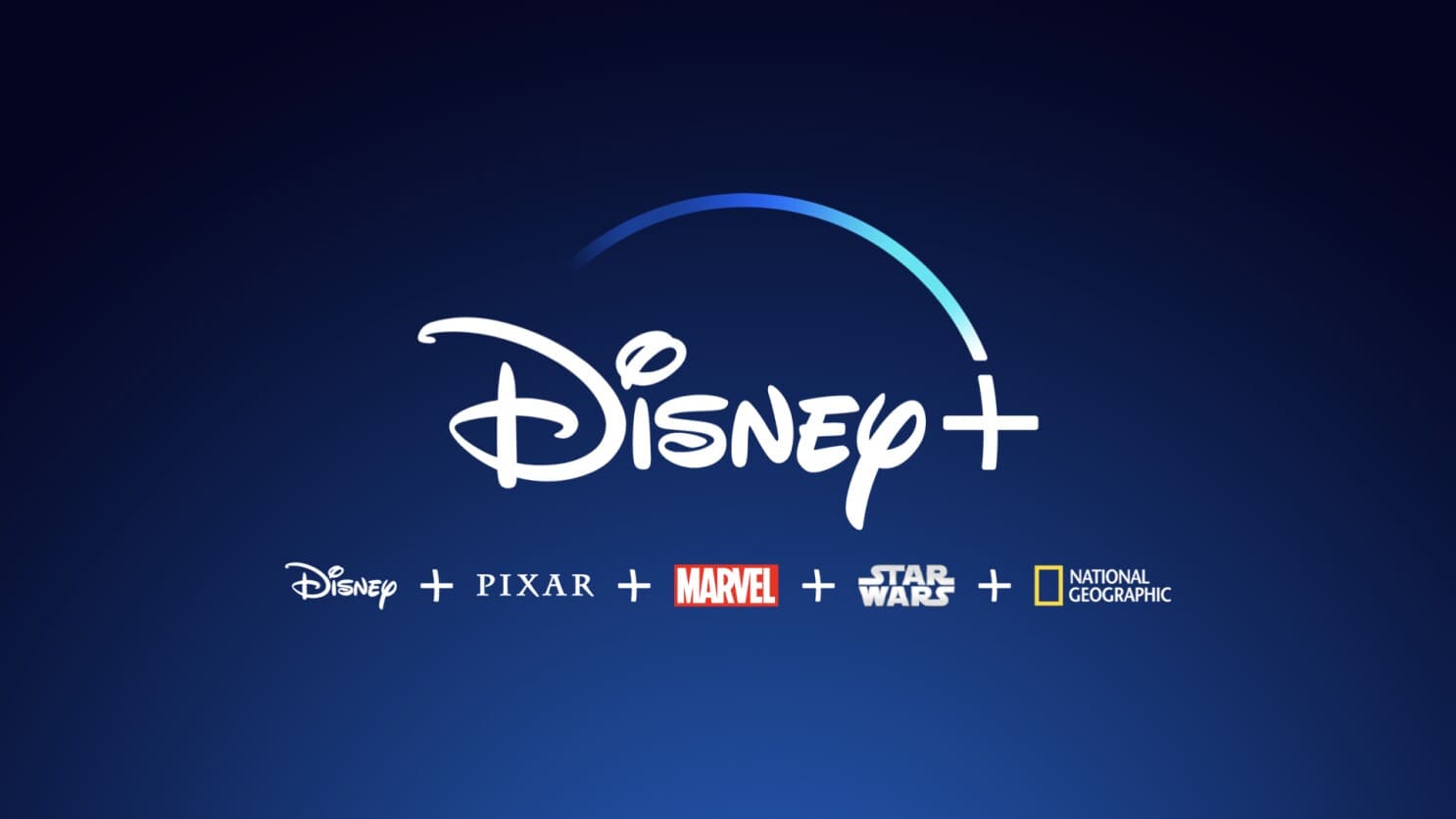Accessibility Tools
PMG Digital Made for Humans
Disney Announces Ad-Supported Disney+ Launch Date, and More Streaming News
4 MINUTE READ | August 12, 2022

Disney Announces Ad-Supported Disney+ Launch Date, and More Streaming News
Abby Long
Abby manages PMG's editorial & thought leadership program. As a writer, editor, and marketing communications strategist with nearly a decade of experience, Abby's work in showcasing PMG’s unique expertise through POVs, research reports, and thought leadership regularly informs business strategy and media investments for some of the most iconic brands in the world. Named among the AAF Dallas 32 Under 32, her expertise in advertising, media strategy, and consumer trends has been featured in Ad Age, Business Insider, and Digiday.
Media giants from Disney to Warner Bros. Discovery took the opportunity of recent earnings calls to share insight into upcoming product developments and the latest streaming and CTV viewership trends, helping advertisers and brands better understand how and where audiences are watching their favorite live sports, TV shows, and movies across platforms and devices.
“A big bet we made heading into 2022 was that more mergers and acquisitions were going to take place, and here we are, seeing them take shape,” said Natalee Geldert, head of brand media at PMG. “At the same time, the streaming giants are quickly evolving their ad-supported subscription tiers with the latest technology and content ahead of the launch of Disney+ with ads and Netflix’s ad-supported tier. Netflix will have a difficult time playing catch up while also providing advertisers, and the viewer, a point of differentiation that’s compelling amidst a vast market of competitors.”
For its direct-to-consumer business (D2C), which includes all of Disney’s streaming and CTV platforms, Disney reported that Disney+ grew 31 percent in the last quarter to reach 152.1 million global subscribers, while ESPN+ also greatly increased its subscriber base by 53 percent to 22.8 million. Hulu subscribers, both the subscription video-on-demand and Hulu + Live TV, grew eight percent to 46.2 million. In total, Disney+ is in 44.5 million homes in the U.S. and Canada. Disney's global subscribers across platforms now total 221 million, edging past Netflix’s 220.7 million global subscribers. Disney’s linear TV networks across the U.S. and international markets reported slower growth than its D2C platforms, but in total, the company beat expectations for revenue and profits, with strong results in its theme parks division.
With such impressive reach, advertisers are eager for the launch of the ad-supported Disney+ subscription tier, which will roll out in the U.S. on December 8, 2022, starting at $7.99 a month. With the launch comes updates, including price increases, to Disney’s lineup of plans across its entire streaming portfolio. Earlier this year, Disney announced advertising policies for the ad-supported Disney+, including a ban on alcohol and political ads, and any ads that promote competitor platforms or content. Ad breaks on the service will be limited to just four minutes per hour. According to Ad Age, Disney secured “$9 billion in upfront commitments, of which 40 percent went to streaming properties.”
Related: As shared in the PMG Insights newsletter recently, Roku reported that advertisers slowed down or altogether stopped buying spots in the scatter market (where companies typically charge higher prices for last-minute ad buys) as companies navigate rising prices and cut spending with the aim to do more with less.
Comcast’s NBCUniversal reported modest revenue gains in its media business last quarter, up 3.6 percent to $5.3 billion. Advertising revenue dropped 1.3 percent year-over-year due to ratings declines and a higher number of sporting events, like the Tokyo Summer Olympics, to comp against in the same period last year. According to MediaPost, “NBCUniveral’s streaming service Peacock posted no gains in subscribers, which now total 13 million…For the six-month period in 2022, Peacock posted revenue of $916 million—up from $213 million prior-year period.”
On a call with analysts, the chief executive officer of NBCUniversal, Jeff Shell, said the ad market is “choppy,” and down year-over-year in the scatter market, yet the upfront market was way better than expected. In June, NBCUniversal said its 2022 upfront was “record-breaking, and the highest-grossing upfront since Comcast’s acquisition of NBCUniversal over a decade ago…Peacock [in particular] doubled in upfront revenue this year to $1 billion, up from $500 million a year ago,” according to The Hollywood Reporter. Elsewhere in NBCUniversal’s portfolio, broadcast entertainment, the NFL, and multicultural segments saw 20 percent advertising growth (though CPM increases were unclear), with advanced advertising commitments up 30 percent.
Just in time for kickoff, the NFL launched NFL+, a standalone subscription-based streaming offering, providing subscribers with access to live out-of-market preseason games, live local and primetime regular season and postseason games, and live local and national audio for every game. The new streaming service offers as much professional football content as possible without tripping over the NFL’s broadcast contracts with Amazon, Disney, Fox, NBCUniversal, and Paramount Global. NFL+ is offered at $4.99 per month ($39.99 per year), with a premium subscription tier featuring replays and more for $9.99 per month, or $79.99 per year. NFL+ is now available in the NFL app.
The new streaming service enters the market amid an entanglement of live sports deals across streaming giants. In recent months, both Apple and Peacock announced exclusive streaming deals with Major League Baseball, and Apple picked up the rights to stream Major League Soccer, while the crown jewel of Amazon’s live sports strategy is an exclusive deal to stream NFL’s “Thursday Night Football.”
In a statement to shareholders, Paramount Global president and CEO Bob Bakish highlighted that last quarter, Paramount “grew total company revenue by 19 percent and took market share in streaming, in broadcast TV, in the box office and in upfront dollars, all while increasing penetration of the most important growth market in media—streaming.”
Paramount Global’s direct-to-consumer operations (streaming platforms) saw revenue increase 56 percent year-over-year to nearly $1.19 billion, thanks to increases in subscription revenue and advertising profits at Paramount+ and free, ad-supported platform Pluto. An impressive 4.9 million subscribers were added to Paramount+. Although, profits across the business at Paramount Global dropped due to increased investments in new content alongside slight declines in advertising (-1 percent) and affiliate fees (-3 percent).
In the Warner Bros. Discovery earnings report, Warner Bros. Discovery CEO David Zaslav announced HBO Max and Discovery+ would merge into a single streaming service by summer 2023. The name of this new platform has not been announced. The bundled streaming service will feature three separate subscription offerings: a free, ad-supported TV (FAST) tier, an ad-supported paid tier, and an ad-free paid subscription tier.
Warner Bros. Discovery lost one percent in total revenue last quarter, wrapping up the quarter with $9.8 billion in revenue, $2 billion lower than expectations. As part of cost-cutting measures, strategic content shifts are expected for Warner Bros. Discovery in the months to come. For instance, after shuttering the streaming service CNN+ earlier this year, CNN content will now move to Discovery+. Additionally, select content from Chip and Joanna Gaines’ Magnolia Network, which was previously on Discovery+, will now be available on HBO Max by September 30. As its streaming strategy shakes out into a more streamlined service over the years to come, Warner Bros. Discovery is targeting the U.S. streaming business to be profitable by 2024 with the goal of reaching 130 million global subscribers by 2025.
Stay in touch
Bringing news to you
Subscribe to our newsletter
By clicking and subscribing, you agree to our Terms of Service and Privacy Policy
“The streaming landscape continues to grow more nuanced and dynamic, requiring advertisers to maintain agility across their investments to better engage audiences across platforms and content types,” said Geldert. “Overall, PMG encourages brands to keep a pulse on trends and new opportunities, and be willing to learn and test. Many of these shifts and the details surrounding all the new ad-supported subscription tiers remain behind the curtain, but leaning in and being a first mover will have its advantages, as well as access points into the ever-evolving streaming space.”
